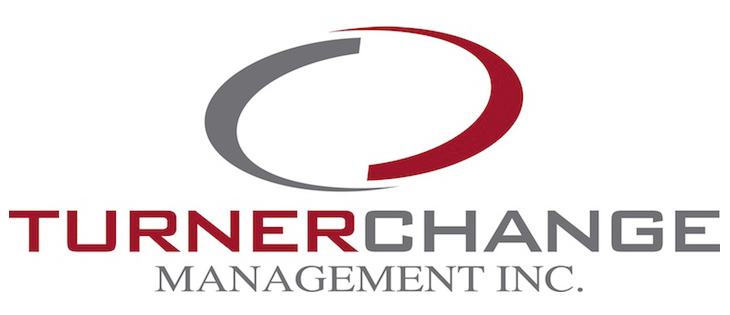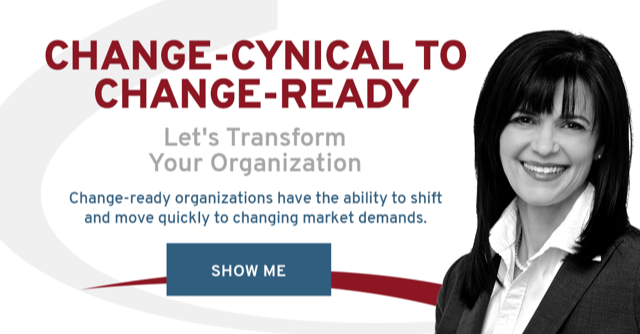Three Blind Spots When Launching Change
These blind spots undermine the launch and foundation of your change effort. They also sabotage future change efforts and decrease your organization’s capacity to handle future changes.
- Assessing the size and complexity of the change initiative on your perception of the change event and transition.
I have worked with many leaders who launched what they thought was a small change, only to be surprised when the change-recipients responded as if it were a radical shift for the organization.
The true impact and size of any transition can only be determined by the people who need to do the work to adopt the new activities and behaviours.
Almost every organizational change appears smaller and easier the higher your view of the organization.
- The failure to recognize that every change is interconnected then managing each change initiative as an isolated project.
 Every change will send ripples through other areas of your organization. That’s why all the changes regardless of their size, whether they were intentional or unexpected need to be launched within the context of the current operation and other changes within the organization.
Every change will send ripples through other areas of your organization. That’s why all the changes regardless of their size, whether they were intentional or unexpected need to be launched within the context of the current operation and other changes within the organization.
Your risk of a successful change in one area negatively impacting another area of the organization increases when changes are launched in isolation of the larger organization. In our Living and Leading Change Management Certificate course leaders use a holistic system thinking assessment to evaluate this risk.
- The belief small changes or changes that are needed because of an expected event don’t need a change management plan. Every change regardless of its size, whether it was anticipated or not requires planning.
A poorly launched transactional change is as destructive to your organization as a poorly planned transformational change. Death by one thousand paper cuts is still death, it just takes longer and hurts more.
Planning is one key to re-stabilizing quickly after an expected change event has occurred.
Overcoming these blind spots with the practice of change management
You can avoid these blind spots when you practice change management. When you practice change management you embed the essential elements of change and an understanding of the human response to change into your all of leadership and management practices.
The benefits of practicing instead of doing change management are:
- You gain the value of change management across all your organizational change efforts
- You can use the success of small and unanticipated changes to support transformational changes
- You build people readiness and resilience for the current and future changes
- You build organizational change capability.
Getting your changes organized can be challenging, let us help.



